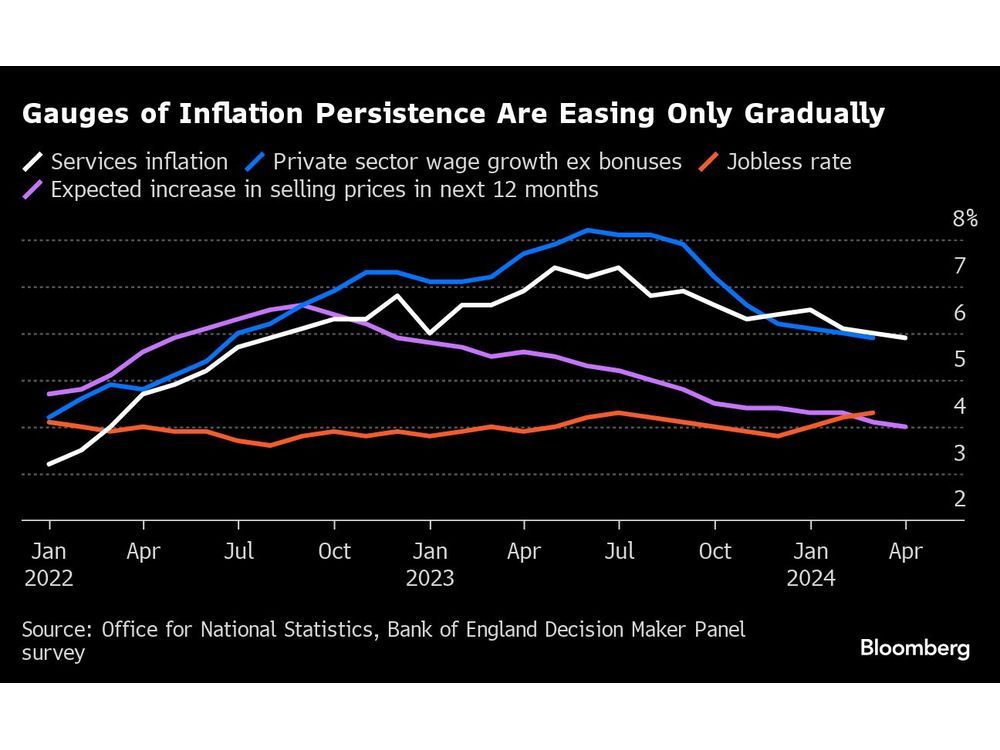Follow us on LinkedIn
What is a Pell Grant? A Pell Grant is a type of financial aid awarded by the United States government to students who demonstrate exceptional financial need. In order to be eligible for a Pell Grant, you must meet certain requirements established by the U.S. Department of Education. This blog post will provide an overview of Pell Grants, including how to apply and what to expect once you receive one.
What is a Pell Grant?
A Pell Grant is a type of financial aid that the U.S. federal government provides to eligible students who need help paying for college or career school.
Pell Grants are usually awarded to undergraduate students who haven’t earned their first bachelor’s degree. However, some post baccalaureate and certain professional students can also receive Pell Grants.
The amount of money you can get from a Pell Grant depends on your financial need, the cost of attendance at your school, your status as a full-time or part-time student, and whether you’re attending school for a full academic year or less.
The amount of money you get, though, will also depend on whether you qualify for other types of financial aid. You may be able to get more money from a combination of grants, scholarships, work-study funds, and loans. Pell Grants are typically disbursed to students in multiple installments, with the first disbursement usually occurring at the start of the academic year.
How to apply for a Pell Grant
If you’re interested in applying for a Pell Grant, you’ll need to fill out a Free Application for Federal Student Aid (FAFSA®) form. The form becomes available each October for the following academic year. For example, the form for the 2020-2021 academic year is available as of October 2019.
You’ll need to provide information about yourself and your family’s finances, including your income and assets. You’ll also need to provide information about the school you’re planning to attend. Once you’ve submitted the form, the Department of Education will use a formula to calculate your Expected Family Contribution (EFC). The EFC is an estimate of how much money you and your family can contribute to your education.
The Department of Education will then use this information to determine how much financial aid you’re eligible for, including the Pell Grant.
What to do if you receive a Pell Grant?
If you’re awarded a Pell Grant, the money will be paid directly to your school. The school will then apply the money to your tuition and fees, room and board, books and supplies, and other education-related expenses.
If you have any money left over, you’ll receive a refund. You can use the refund to pay for other expenses related to your education, such as transportation or child care.
If you have any questions about your Pell Grant, or if you need help applying for one, you can contact the financial aid office at your school.
FAQs
Can you receive a Pell Grant after your bachelor’s degree?
Pell Grants are usually only awarded to undergraduate students. However, some post baccalaureate and certain professional students can also receive Pell Grants.
I have a full-time job, can I still apply for a Pell Grant?
If you’re interested in applying for a Pell Grant, you’ll need to fill out a Free Application for Federal Student Aid (FAFSA®) form. The form becomes available each October for the following academic year.
What is the maximum amount I can receive from a Pell Grant?
The maximum award amount for the Pell Grant changes each year. For the 2018-2019 academic year, the maximum award is $6095.
How long does it take to receive the Pell Grant?
The Pell Grant is usually disbursed in two payments. The first payment is usually made at the beginning of the academic year and the second payment is made at the midpoint of the academic year. However, if you’re enrolled in a program that lasts less than two semesters or trimesters, you may receive the Pell Grant in just one payment.
What do I need to do to keep receiving the Pell Grant?
In order to continue receiving the Pell Grant, you’ll need to maintain eligibility. This includes remaining enrolled in an eligible program, making Satisfactory Academic Progress (SAP), and not having a drug conviction. You’ll also need to reapply for the Pell Grant each year by filling out a new FAFSA® form.
What happens if I don’t use all of the Pell Grant money I was awarded?
If you’re not able to use all of the Pell Grant money you were awarded, you may be able to receive a refund for the unused portion. You should contact your financial aid office to see if you’re eligible for a refund and to find out the process for receiving the refund.
Closing thoughts
Pell Grants are a great way to help pay for college, but they’re not the only form of financial aid available. Be sure to explore all your options before you make a decision about how to finance your education.
I hope this article has helped you understand a little more about Pell Grants. If you still have questions, I encourage you to contact your financial aid office. They’ll be able to give you more specific information about your situation. Good luck.
Further questions
What's your question? Ask it in the discussion forum
Have an answer to the questions below? Post it here or in the forum





Prime Minister Keir Starmer’s promise to “get Britain building again” will quickly face a shortage of skilled workers in the very industries he’s hoping will power the turnaround.